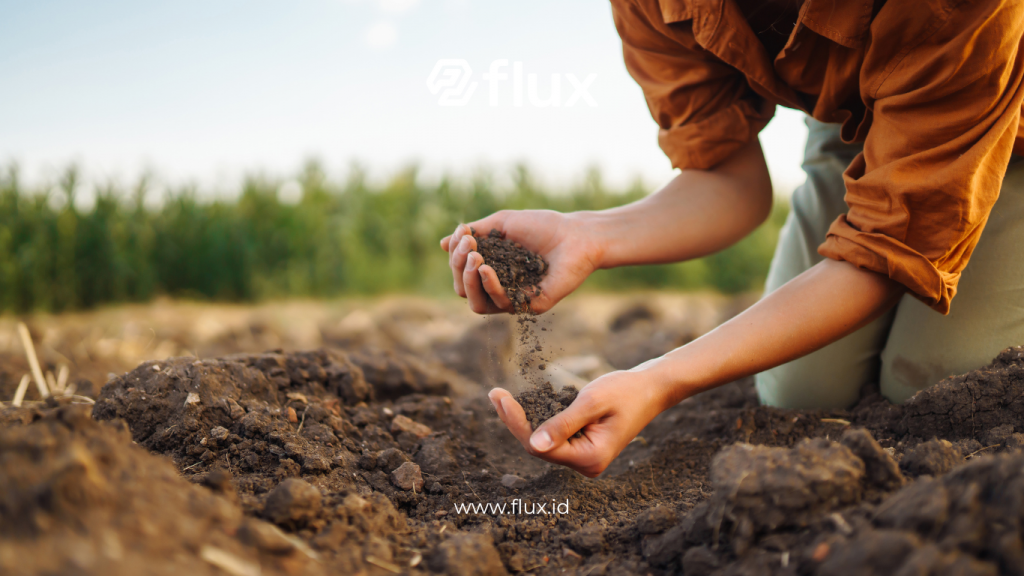Don't miss our holiday offer - 20% OFF!
In modern agriculture, managing soil fertility is essential for achieving optimal crop yields. The Internet of Things (IoT) introduces practical solutions through soil sensors. With IoT sensors, farmers can monitor soil conditions in real-time to make informed decisions. This article outlines practical steps to manage soil fertility using IoT sensors.
Contents
Why Is Soil Fertility Important?

Read More: Optimizing Agriculture with Soil Health Monitoring Sensors
Soil fertility determines the soil’s ability to provide essential nutrients for plants, such as nitrogen, phosphorus, and potassium. Fertile soil supports:
- Strong root growth
- High-quality crop production
- Efficient fertilizer use
Without proper monitoring, soil fertility may degrade due to erosion, over-fertilization, or changing weather conditions.
What Are IoT Sensors for Soil Fertility?
IoT sensors are smart devices that measure soil fertility parameters such as:
- Soil Moisture – Measures the water content in the soil.
- Soil pH – Ensures the acidity level is within an ideal range.
- Soil Nutrients – Monitors levels of nitrogen, phosphorus, and potassium (NPK).
- Soil Temperature – Tracks the optimal temperature for plant growth.
These sensors send data to cloud-based platforms, which farmers can access via smartphones or computers.
Practical Steps to Manage Soil Fertility with IoT Sensors

Read More: Reducing Soil Damage Risks with IoT Sensors for Nutrients
- Choosing the Right IoT Sensors
Select sensors suited to your agricultural needs, such as moisture, pH, or NPK sensors. Consider:- Device durability for field conditions
- Ease of integration with monitoring systems
- Installing Sensors in Agricultural Fields
Place sensors strategically to gather representative data. Tips include:- Bury sensors at appropriate depths
- Avoid placing sensors too close to water sources
- Connecting Sensors to IoT Systems
Integrate sensors with IoT networks to transmit data to the cloud. This involves:- Configuring internet connections (Wi-Fi, LoRa, or NB-IoT)
- Installing monitoring software
- Analyzing Sensor Data
Use collected data to evaluate soil conditions. For instance:- Low moisture levels indicate the need for irrigation.
- Imbalanced pH requires adjustments using lime or acidic fertilizers.
- Making Real-Time Decisions
IoT sensors enable quick, data-driven decisions such as:- Optimizing fertilization schedules
- Automating irrigation systems
- Recommending suitable crops for soil conditions
Benefits of Using IoT Sensors for Soil Management
- Efficient Use of Fertilizer and Water
Real-time data prevents overuse of fertilizers and irrigation. - Increased Crop Productivity
Continuous monitoring ensures soil remains fertile, improving harvest quality. - Reduced Operational Costs
The technology minimizes resource wastage and manual labor costs. - Sustainable Agriculture
IoT sensors promote environmentally friendly and sustainable farming practices.
Challenges in Implementing IoT Sensors

Read More: Guide to Using Sensors for Monitoring Agricultural Soil Health
Despite their benefits, challenges include:
- High Initial Costs – Investments in devices and IoT infrastructure are expensive.
- Limited Internet Connectivity – Remote areas often lack reliable networks.
- User Training – Farmers need training to use and understand the technology.
Conclusion
IoT sensors offer practical solutions to effectively manage soil fertility. By monitoring moisture, nutrients, and pH in real-time, farmers can make smarter, faster decisions. While challenges exist, this technology delivers long-term benefits such as increased productivity and environmental sustainability. Modern agriculture is no longer just a dream but can be realized through practical steps with IoT sensors.





